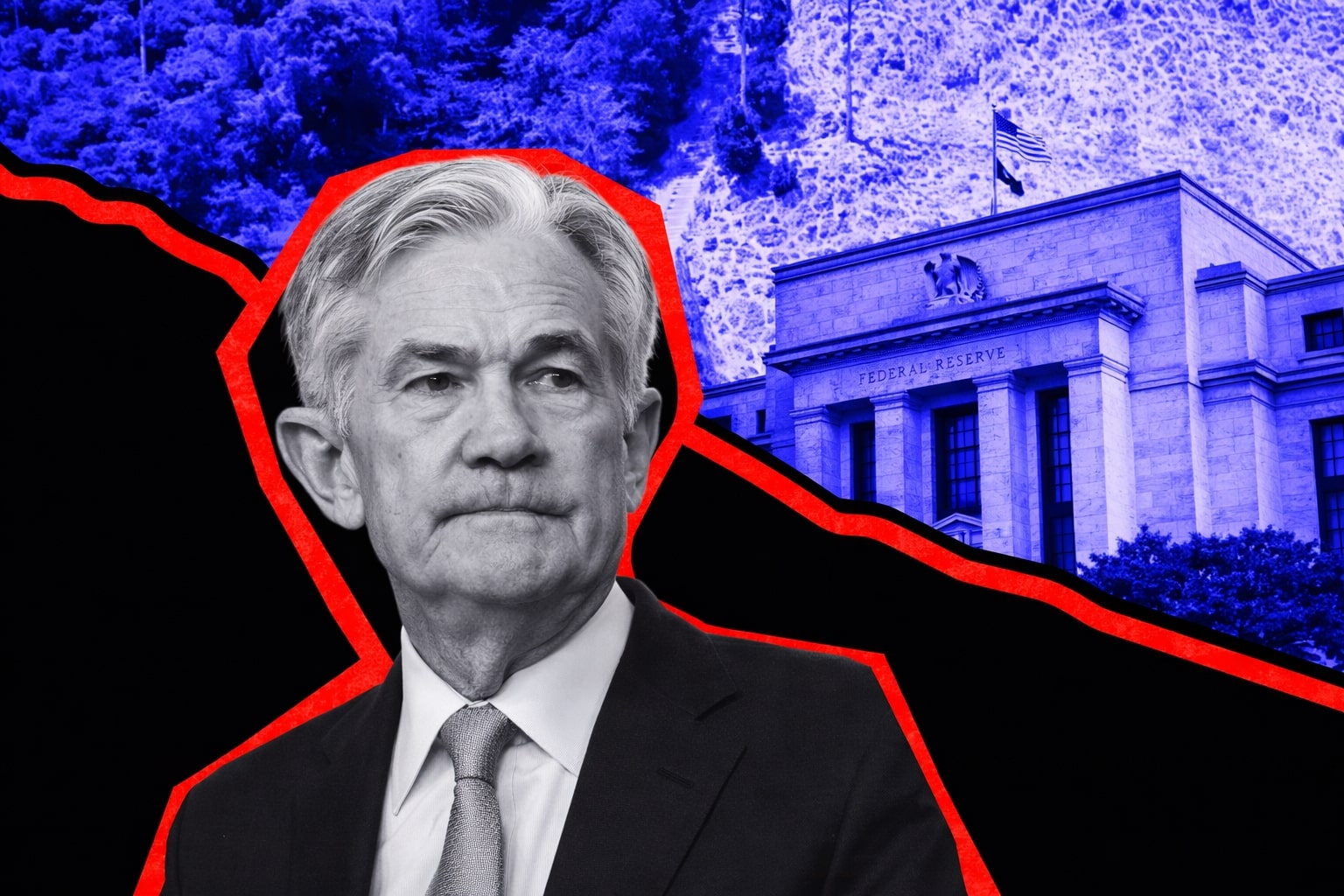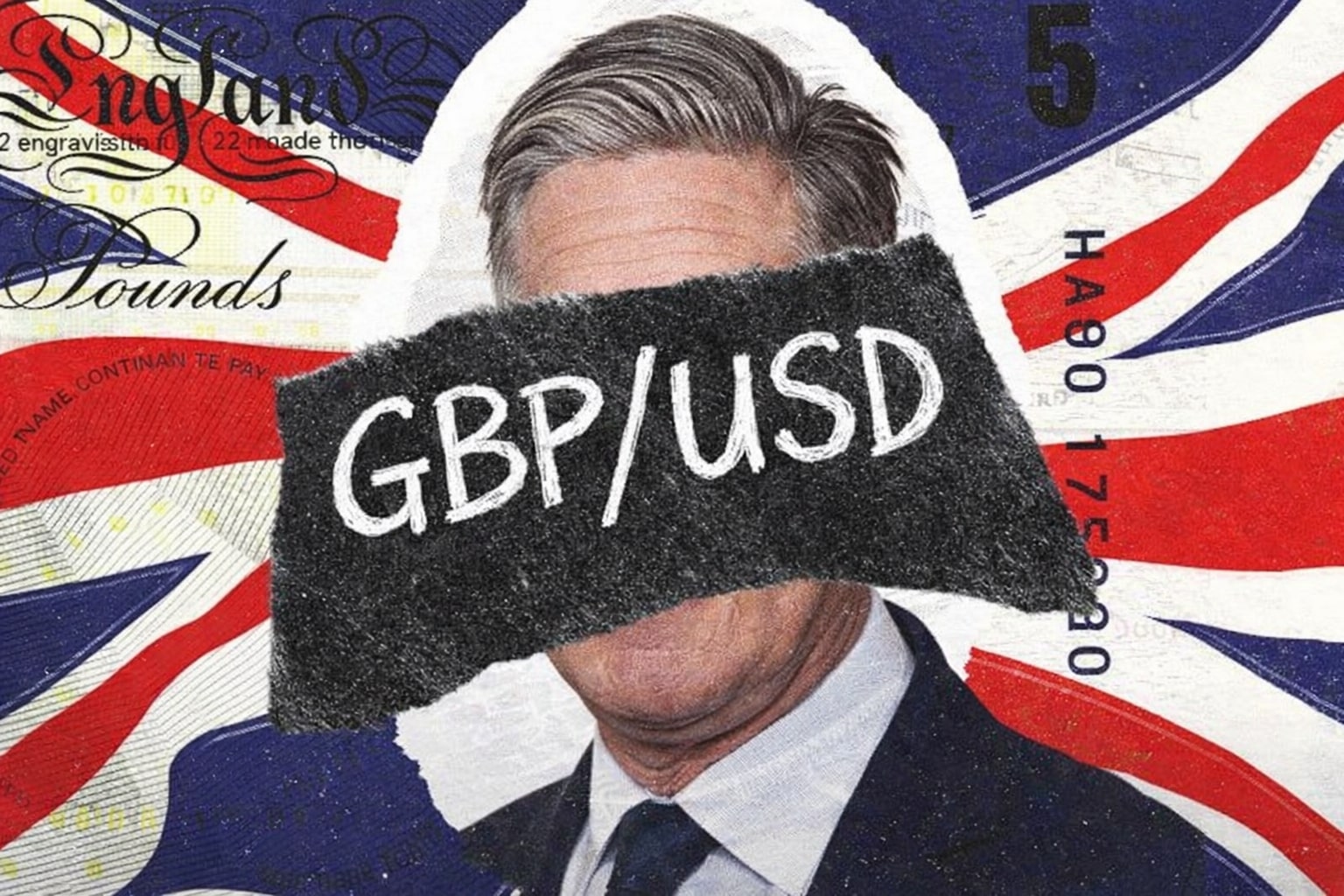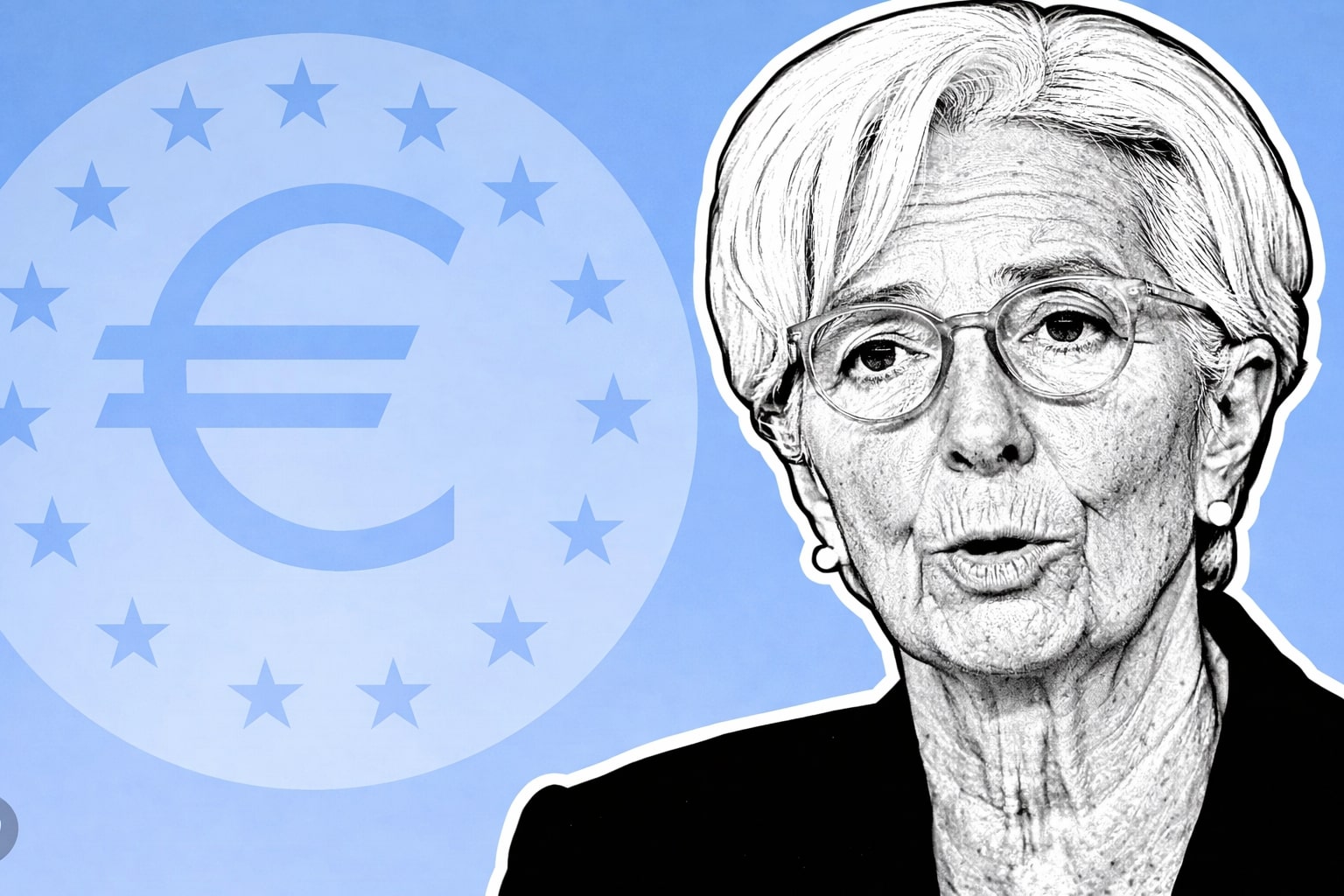
EUR/USD Price Outlook: Can the Euro Maintain Its Strength Amid U.S. Fiscal Uncertainty?
Will the current geopolitical uncertainty and U.S. fiscal challenges push EUR/USD higher or lead to a pullback? What are the key support and resistance levels to watch for in the next week? | That's TradingNEWS
EUR/USD Technical Analysis: Can the Pair Break Above 1.13575 Amidst Rising Fiscal Tensions?
The EUR/USD currency pair has seen some movement in recent days, opening the week near 1.11775 and rising significantly to 1.13575 by the weekend. As expected, this volatility has been driven by a combination of geopolitical concerns, with President Trump's commentary on the European Union (EU) and a wave of market sentiment shifting due to fiscal worries in the U.S. The pair ended the week in the higher range of its mid-term chart, but as Forex traders are well aware, volatility continues to be a fixture, even in the largest currency pairs.
Can EUR/USD Maintain Bullish Sentiment Despite Trump's Rhetoric?
Friday saw President Trump publicly express dissatisfaction with the progress of EU tariff negotiations, which might have signaled a new wave of pressure on the currency markets. Surprisingly, instead of causing significant selling pressure on the EUR/USD, the pair saw buying interest. Market reactions to political statements are often unpredictable, but in this case, the EUR/USD managed to maintain its position, climbing to near 1.13575. This suggests a degree of resilience in the Euro despite the external pressures.
However, it’s crucial not to interpret every uptick in the EUR/USD as a clear indication of a bullish trend based solely on political rhetoric. While market sentiment has undoubtedly improved in the medium term, a deeper look at the past few months reveals the currency pair has experienced a series of choppy movements. The EUR/USD has been testing higher ranges since mid-April, but it's important to avoid overreacting to short-term fluctuations caused by external events, such as the latest comments from President Trump.
How Will the Return of U.S. and U.K. Traders Impact EUR/USD?
This week's trading is likely to remain light, as both U.S. and U.K. markets are closed for holidays. This lack of volume could lead to more erratic movements in the EUR/USD, with potential spikes in volatility. When U.S. traders return to the Forex market on Tuesday, they may push the currency pair in one direction or another, especially as economic data releases, such as the U.S. GDP figures and FOMC meeting minutes, could inject fresh market volatility. The next few days are crucial as they could determine the path for EUR/USD in the short term.
Technical Support and Resistance Levels for EUR/USD
From a technical perspective, the EUR/USD appears to be consolidating near key support and resistance levels. The current resistance zone is around 1.13575, which has proven to be a significant barrier for the pair. For EUR/USD to break above this level, sustained bullish momentum is needed, likely driven by further weakness in the U.S. dollar or positive sentiment in the Eurozone. On the flip side, if the pair starts to dip below 1.1300, it could signal that sellers are gaining control again, and the next target could be closer to 1.1200 or even 1.11775.
Is the U.S. Fiscal Situation Affecting the Dollar’s Strength?
The U.S. fiscal situation continues to be a major concern for investors. The national debt has surged to over $36 trillion, and the ongoing government spending, especially under President Trump's administration, has added to the burden. A recent tax-and-spending bill passed by the U.S. House is expected to add nearly $4 trillion to the fiscal deficit, raising doubts about the sustainability of U.S. Treasury bonds as a safe-haven asset. These concerns have driven some investors toward the Euro, adding support to the EUR/USD.
The U.S. dollar index (DXY) has dropped 0.5% in recent sessions, and the weakening of the dollar could continue if investors start to lose confidence in U.S. fiscal policy. The 30-year Treasury yield recently topped 5.02%, which indicates growing concerns about U.S. debt levels. If U.S. Treasury bonds continue to face pressure, the dollar could weaken further, helping EUR/USD maintain its position in the upper range of its current trading levels.
Why Are Market Participants Cautious Despite Positive Sentiment?
Despite improving sentiment towards the Euro, market participants remain cautious. The fear of sudden volatility, such as what occurred on May 12 when the EUR/USD dipped to 1.10640, continues to linger. The ability of the Euro to hold above its current levels has been impressive, but market participants are wary of sudden shocks, particularly given the ongoing political tensions and uncertainty in the U.S. In short-term trading, there’s still a risk of significant pullbacks if news, such as comments from President Trump, creates further uncertainties in the markets.
The question remains whether the EUR/USD will break higher beyond the 1.13575 resistance or whether the pair will see a pullback. Traders will need to watch the return of U.S. and U.K. banks on Tuesday, as well as potential market-moving economic data such as U.S. GDP figures and FOMC minutes. The next few days are critical for determining whether the bullish outlook for the Euro will hold or if we’ll see a return to a more volatile, range-bound market.
Key Factors Impacting EUR/USD Price in the Near Term
Looking ahead, the price action for EUR/USD will likely be influenced by several factors. Firstly, sentiment will continue to play a major role. The ongoing trade rhetoric, especially President Trump’s comments about the EU tariffs, could add uncertainty to the market. The U.S. GDP data and FOMC meeting minutes are also pivotal events that could cause sudden shifts in the currency pair's direction. Furthermore, geopolitical issues within the Eurozone and economic recovery signals from the U.S. will dictate the overall momentum in the currency pair.
As we approach the weekend, traders should also pay attention to the absence of key European players in Forex markets, which could lead to imbalanced order flows. With all eyes on the potential for renewed volatility following President Trump’s rhetoric, the upcoming weeks will be critical for gauging the direction of EUR/USD. EUR/USD may continue to trend higher if it can break above the 1.13575 resistance, but traders should be prepared for potential pullbacks due to the inherent volatility in the market.
EUR/USD Price Range for the Week Ahead
The price range for EUR/USD in the near term is projected to be between 1.12860 and 1.149390. A move towards 1.149390 would signal that the bullish momentum is holding strong, but if the pair falls back below 1.1300, we could see a retest of lower levels closer to 1.1200. Traders should remain cautious in the near term, as volatility remains high, and the market is sensitive to new geopolitical and economic developments.
As always, it’s crucial for traders to watch for key technical levels, such as the 1.13575 resistance and the support near 1.1300, as these will help dictate the short-term direction of EUR/USD. While sentiment appears to favor a bullish outlook for the pair, the risk of sudden pullbacks remains a key factor that could shake investor confidence in the short term. EUR/USD remains a highly volatile pair, and while the outlook is positive, traders should continue to manage risk carefully.
That's TradingNEWS
Read More
-
UCO ETF Price Forecast: Can NYSEARCA:UCO at $18.57 Ride a 2026 Oil Squeeze?
18.12.2025 · TradingNEWS ArchiveStocks
-
XRPI at $10.50 and XRPR at $14.93 Hit XRP ETF Lows While XRP-USD Holds $1.84 After 30 Days of Inflows
18.12.2025 · TradingNEWS ArchiveCrypto
-
Natural Gas Price Forecast: Henry Hub Holds Around $4 as EIA Draw Hits 167 Bcf
18.12.2025 · TradingNEWS ArchiveCommodities
-
USD/JPY Price Forecast: Pair Holds Above 155 As BoJ And US CPI Set Up A Major Break
18.12.2025 · TradingNEWS ArchiveForex



















